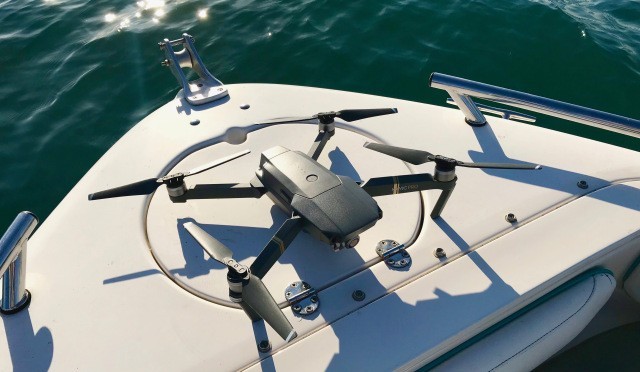
Flying from a Boat or Other Moving Platform – Taking Off, Operating Around and Landing
May 24, 2018OK. You love your Mavic. You take it everywhere with you and you want to be able to use it no matter where you are (withing legal limits of course). What about flying from a boat or other moving platform (such as a car or train, etc.)? It can be done and it’s really not all that hard. There are just a few things to keep in mind when taking off, operating around and landing on a moving platform.
For this article I will focus on flying from a boat, however, this information can be used when flying from any moving platform. I will include shots from my most recent flights aboard a 45′ sailboat while on vacation earlier this year. I will also include video taken with my DJI Phantom 2 and GoPro Hero 4 setup from a couple of years ago, also shot from a sailboat but in the Santa Cruz, CA area.
If you’re looking for general tips for traveling with your drone, check out my Traveling with Your Done – Things to Consider post.
THIS POST MAY CONTAIN AFFILIATE LINKS. PLEASE SEE OUR AFFILIATE DISCLOSURE FOR MORE INFORMATION.
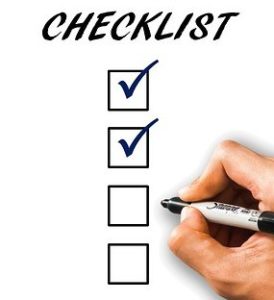 Be Prepared
Be Prepared
If you’re planning to operate from a moving platform do a little planning so you aren’t surprised by the unexpected (at least not often).
- Know your planned route (i.e. is the boat just hanging out in the harbor area, going from point A to point B, pulling water skiers, etc.). Having this information ahead of time will help you to plan your flight accordingly and not be wondering if you have enough power to get the drone back to the boat or if you fly your drone in one direction will the boat be turning that way too and so on.
- Know the rules of the boat. If you’re on board a cruise ship, chances are they don’t allow drone operations at all.
- Know what activities others have aboard have planned. Are they flying a drone too, water skiing, shooting fireworks into the air, etc.? These activities may have an impact on your plans and you should know them.
- Know the weather. If it’s going to rain, that’s a no-go for flying. If the wind is going to be 30 knots, that’s probably another no-go scenario.
- Know the speed of the boat. You may want to get that chase shot, and you might get it, until you see your target fade into the distance because it’s going too fast for your drone to keep up. You know that that means? Return to home (or, in this case, land in the water…).
A little preparation and talking to others involved (such as the driver of the boat) ahead of time will give you piece of mind and help you to have a more pleasant flight.
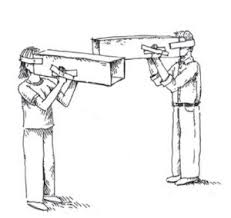 Be Aware
Be Aware
Keeping track of your drone and other objects from a stationary point is hard enough but if that point isn’t so stationary situational awareness can be difficult to keep in check. Be aware of your surroundings and, since you’re on a moving platform, keep in mind that those surroundings are always changing, not only as they move but as you move too.
- Other moving objects. A boat with a high mast on your left can easily be on your right in a matter of seconds depending on speed and direction of both it and you. It would be a shame if your drone was struck by a moving object you didn’t account for. You should also think of stationary objects as moving too. Since you’re moving, their location relative to you is constantly changing. That island over here will be over there for before you know it.
- Although this technically fits under the other moving objects above, I feel it should have it’s own entry here. Be aware of the wildlife in the area (especially birds – check out my YouTube video: Beware of the Flying Bombers). Some tend to be territorial and may act aggressively toward your drone to the point of even attacking it and knocking it out of the sky.
- Pay attention to the weather. I know I mentioned this in the previous section but it’s important. Yes, you may have checked the weather and everything looked good but, on the water, the weather can change quickly. Winds can pick up, storms can come out of nowhere and, even though we know the weather forecast is always right, be prepared for the actual weather to differ from what’s been forecast.
- Another forecast to consider is the marine forecast and specifically what the waves and swells are expected to do. One of the most difficult things to do is takeoff and land on a boat. Knowing the ups and downs (literally) will help you in planning your takeoff and landing.
- Pay attention to the people and equipment on your boat. You don’t want to be surprised if a cooler slides across the deck or if someone aboard moves from one spot to another. Be aware of obstacles on the boat as well (fishing gear, masts, lines, etc.). Any one of these is a potential snag to your drone operations.
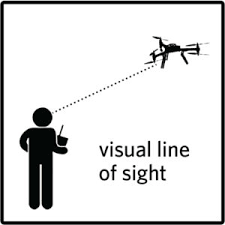 Be Safe
Be Safe
Always always always fly safe. The flight isn’t worth injuring yourself, someone else or damaging your drone. If the flight safety is in question, abort and reschedule. Safety comes from preparation and awareness. If you follow the suggestions above you have a much higher chance of having a safe and enjoyable experience.
Consider recovery options should the unthinkable happen. Options include:
- Flying over shallow waters. This would allow you to dive in and recover your drone easily. You can still fly over deeper waters but might need SCUBA equipment should a mishap occur.
- Consider attaching floats or recovery devices such as this YJYdada solution or GetterBack.
- Always keeping your drone above something solid. This is not guarantee as the drone could impact something and fall to the side, etc. and hitting something solid will most likely damage the drone as well (but then again so will water).
You may want to consider insurance options as well to help you replace your drone if it is damaged and/or lost. Different policies are available from various sources so make sure you get the coverage you want (i.e. is water damage covered, etc.) and know what the requirements are to make a claim (i.e. do you have to recover your drone or is theft/loss without recovery an option, etc.).
Launching
Launching from a moving platform, such as a car or train, is difficult enough but when you add the up and down motions of being on the water it adds more difficulty to the task. This is when knowing about the waves and swells can be used to your advantage. I recommend that, when launching, you stop the boat. This gives you a more stable platform to launch from (as you have reduced the platforms relative motion) and allows your drone’s sensors to calibrate or lock in a bit quicker.
Before actually launching take the following steps:
- Go through your usual pre-flight checklist. Make sure you don’t forget the basics such as verifying the props are securely fastened and undamaged, the battery is fully charged, etc. Consider using the Preflight Check app featured in my DJI Mavic Pro Apps – My Top Picks post.
 Set your home point to dynamic. Chances are you won’t be back to the point where you launched your drone so having it return to home there should something happen is probably not what you’d want. At least with the dynamic home point the home point will be updated every so often to where your controller is at that point. Should an issue pop up the return to home should bring the drone closer to where you are now vs where you were then.
Set your home point to dynamic. Chances are you won’t be back to the point where you launched your drone so having it return to home there should something happen is probably not what you’d want. At least with the dynamic home point the home point will be updated every so often to where your controller is at that point. Should an issue pop up the return to home should bring the drone closer to where you are now vs where you were then. Turn off the Max Distance. You don’t want to see your drone hit an invisible wall as it exceeds any limits set in the controller.
Turn off the Max Distance. You don’t want to see your drone hit an invisible wall as it exceeds any limits set in the controller.
 Disable the visual positioning system when flying over water as it can cause odd behavior when the system can’t quite get a grasp of the fluid below it. Also consider turning off obstacle avoidance, especially when trying to hand-catch the drone.
Disable the visual positioning system when flying over water as it can cause odd behavior when the system can’t quite get a grasp of the fluid below it. Also consider turning off obstacle avoidance, especially when trying to hand-catch the drone. Consider changing the signal lost option to Hover. This will buy you time to position yourself under your drone before it tries to land if the signal is lost. Having it return to the home point would be the second choice but I would definitely not have it land, as the odds are that landing would be in the water.
Consider changing the signal lost option to Hover. This will buy you time to position yourself under your drone before it tries to land if the signal is lost. Having it return to the home point would be the second choice but I would definitely not have it land, as the odds are that landing would be in the water.- Be aware of your launch area’s characteristics, specifically electromagnetic interference from radios, engines, heavy metals, and try to launch from an area with the least interference. These can cause issues with the compass and other features of your drone.
- Consider wearing protective gear, such as a tight-fitting glove and long sleeves, when hand-launching.
The easiest time to launch from a boat is when the boat is not under way (i.e. not moving except for the ups and downs caused by the waves and swells). Not only will this make the actual launch easier but it will also help in the boot up of your drone as the sensors come online and calibrate.
One of the most dangerous parts of launching from a boat is that the boat is in motion and once the drone leaves the deck of the boat it will want to maintain its GPS position thus making it seem like the drone is flying away when it’s really just holding position and the boat is moving out from under it. Keep this in mind when planning your launch. Make sure there are no people or objects directly behind the drone from launch point to the open water (i.e. no life lines, coolers, walls, etc.) because, when the drone lifts off, it’s no longer being pulled by the boat but rather the boat is moving out from under it and anything in that path will be moving toward the drone. Sure you can take off and try to gain altitude quickly but that’s no guarantee you’ll clear the objects in time and really that’s not a safe way to conduct your flight. I have seen many a video of people launching their drones from a boat only to see it appear to veer into the life lines and fall overboard into the water (in reality the lifelines ran into the drone).
Launch options include:
- Lunching from the deck. It’s nice to have space to operate in and usually the largest space is the open space in the back. If you follow the guidelines above it should be safe to launch from the deck of a boat.
- Launching from a higher platform, such as the roof of the cabin (if the boat is equipped with one) will usually give you the added benefit of less objects coming toward the drone once it lifts off. If this option is available to you, it’s worth considering over launching from the deck.
- Hand-launching. This option has it’s ups and downs. On the one hand you can lift the drone over any objects or even hold it off to the side directly over water. On the other having your body so close to the spinning props can be dangerous and not properly holding onto or releasing the drone can lead to damage or loss.
Regardless of the launching option you chose above, the best time to launch is when your boat is at the peak of the wave or swell. The reasoning for this is as the boat comes down off of that peak it will be lowering itself away from your drone, giving it that much more clearance during the launch.
 Operating Around Moving Platforms
Operating Around Moving Platforms
OK, so now your drone is in the air. Time to get it moving. Situational awareness is key in all drone operations but is more so when everything, not just the drone, is moving. Be aware of the large objects but also be aware of the objects that are difficult to see.
Most of my boating experience is aboard sailboats and the one thing sailboats don’t have in short supply are lines everywhere from the ropes (never call them ropes they are lines aboard a sailboat), rigging (this refers to all the wires, ropes, cables and lines that hold the mast in place and so on), masts and so much more. Much of this is difficult to see from a distance so, when you’re operating your drone around boats, be aware. Nothing can ruin your day like running into a line you didn’t see and seeing the resulting splash as your drone heads down to Davy Jones’ Locker.
Remember, those objects are moving too. They may or not be aware of your drone or your intentions. When in doubt, give them a wide berth. If your operation involves multiple people, vessels or both, communication is key. Express your intentions make sure you know theirs and if the communication is flowing your operation will have a much better chance of succeeding without issue.
Consider flying in front of the boat. Should an issue occur, you will be better prepared to reach your drone vs having to turn around and go back to it and consider returning to the boat with a little more battery remaining that you usually would. This allows you some additional time should you run into a problem.
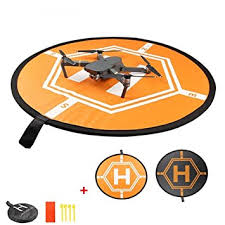 Landing
Landing
Landing on a moving platform is very difficult, especially since the drone will want to stop moving and descend straight down when you initiate the landing sequence. If your boat is still moving forward it may not be there when the drone would have landed on deck. If you feel your are an expert and flying your drone and believe you can keep it moving with the boat during landing, that’s your call. Be sure that you take the same precautions when landing as you did when taking off (make sure there are no objects in the way, etc.).
Just as when launching, the best time to land on a boat is when the boat is not under way. Although not as important as when launching, landing in an area with less interference is always a good idea.
I prefer to hand catch my drone when landing. I figure my arms can act as a shock absorber during landing and I can adjust my angle and height accordingly with the waves and swells. Just be sure to seep the props at a proper angle and distance from your hands, arms and face to avoid injury and consider protective wear such as gloves and long sleeves.
Just as I recommend during takeoff, I suggest you land when your boat is at the peak or coming down from the peak of a wave or swell. It’s easier to control the landing if the platform is moving down and away vs up and toward your drone.
Although I haven’t had any issues, I have heard of people having better landing experiences if they turn off the downward object detection. I guess this would fall under personal preference and it’s up to you to decide what works best for you.
Conclusion
Although not graceful, check out my YouTube video: Quick Hand Launch and Land from a Boat of me hand launching, flying around for a bit and then hand catching my old Phantom 2 aboard a sailboat a year or so ago.
Keep in mind that drones tend to draw attention (good and bad alike). If you operate safely and show that you’re a competent pilot, it will help to show the drone community, as a whole, is a fun-loving community that can offer services and benefits to others.
Be respectful of others. Some people you encounter will love to see your drone and ask you all sorts of questions about it. Others will see it as an invasion of privacy. Be respectful. It will not only make your experience that much more enjoyable but will show that the drone community is a responsible one.
As you hone your boat flying skills you may find that operating professionally near marinas and the like can lead to interesting opportunities. You can offer video footage of people enjoying their vacations, aerial footage for boat brokers, inspections for insurance purposes and much more.
If you’re thinking of turning your drone operations into a way to make money you should check out my post, Get the FAA Drone License – Make Money Legally with Your Mavic.
YJYdada Landing Gear Bracket Protector Heighten Buoyancy Waterproof for DJI Mavic Pro
GetterBack Depth Activated Recovery System
If you feel I’ve missed anything, disagree with my post or have
additional items you think should be included please comment below. I
do review comments and once approved they will be visible on this post
for others to see.
Thank you,
Scott Hinkle
MavicManiacs.com
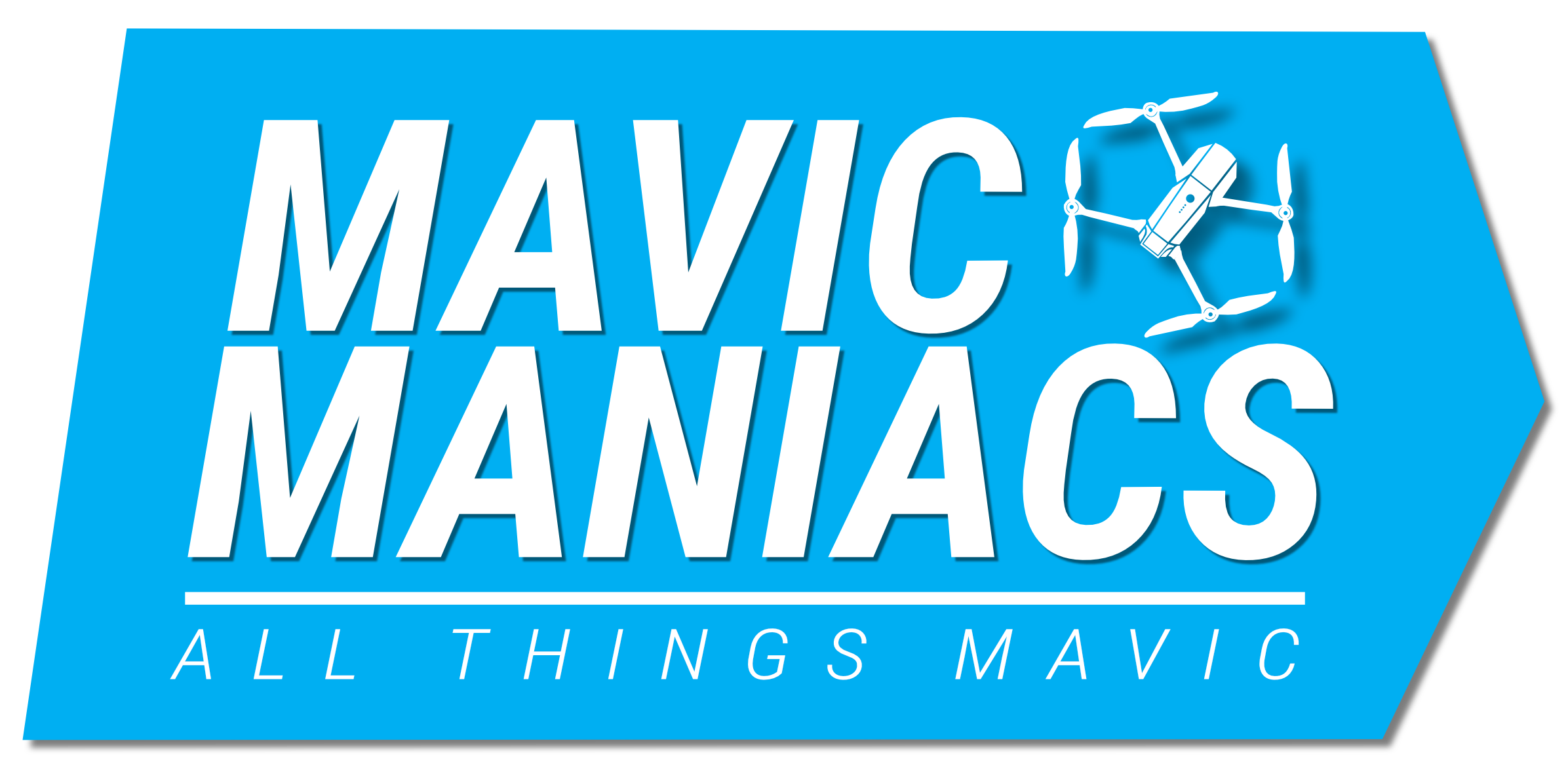




Too bad my buddy didn’t see this befoe he tried to launch his drone off his boat! To be honest, we all knew what was going to happen when he pulled it out.
I just got a brand new Holy Stone HS700 FPV Drone (over $300) and for some reason thought it would be a good idea to fly it off of the boat we were all on.
It took about a minute before he decided to try and bring it back in, and KERPLUNK!
Now its at the bottom of the Reystown Lake.
Ouch! Yes, it’s a common occurrence. It’s difficult enough to launch off of a boat that’s just bobbing, but taking off or coming back to land on one that’s moving…yeesh! If you’re going to be flying over or near water, I do recommend an insurance plan (heck even if you’re not near water it’s still a good idea) that will cover your drone for accidental damage. Just make sure it covers water damage as well.
When your friend get’s a replacement drone, send him to this post for tips before his next flight!
Thanks for commenting.
This is a great, thorough list of things to consider. Many of them are things I never would have thought of on my own, such as being aware of aggressive birds.
I love the videos as well. I can’t believe that the drone can take such, smooth, level video while just hanging in the air! It blows my mind. Thanks for the awesome post. The more I read, the more I want to get a drone of my own!
Hello Mariah,
I didn’t really know about the birds myself until I encountered them. It’s hard to see but when I was flying off the sailboat in that video I was just getting swarmed from every direction. I put the drone in sport mode and tried to get away but they just followed so I returned to the boat and landed.
I do love my Mavic Pro. It’s a joy to fly and is a great way to get a conversation started. All I have to do is launch it and someone’s bound to come over and ask me about it.
Thanks for commenting.
Wow, this is a very interesting read! I have a friend who wants to get a drone as he has been interested for some time now. There is really a lot more than I realized into flying a drone. I had no idea what to look out for. It is imperative that you plan where and when to fly. Simpy flying in front of the boat and landing your drone in a specific way will certainly help achieve the results you want. Even launching your drone when the boat is stationary is essential advice. Weather is such an important thing to consider as well. Who knew you can even get insurance for your drone! Thank you for this detailed article.
Thanks for reaching out. If your friend hasn’t made a decision yet, you might want to steer him toward my comparison post on the DJI Mavic series here: DJI Mavic – Which One to Choose. Even if he doesn’t get a DJI drone, he might benefit from some of my posts here on this site. Two that come to mind are Community Interactions – Improving Perception of the Drone Community and New to the Mavic? – What You Should Do First. The last one is specific to the DJI Mavic series but contains tips that can be used for any drone brand.
Let me know if/when he does get one. I’d love to hear what he settled on and how he likes it.
Thanks again.